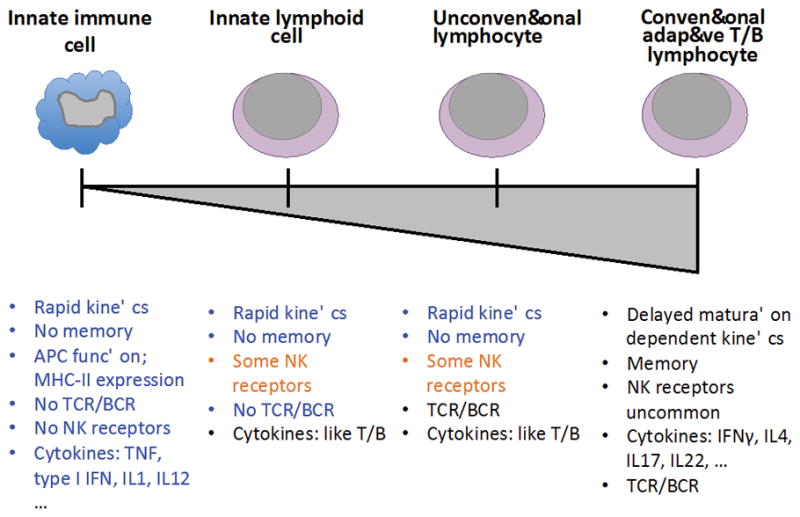Figure 1. A functional spectrum of immunity.

Innate immunity (left) is the germline encoded, immediate response that is unchanging with repeated exposure. This response is a basic characteristic of all cell types when they are infected and is orchestrated by a specialized subset of innate immune cells including macrophages, dendritic cells, neutrophils, basophils, and mast cells. Adaptive immunity (right) is initially delayed, educated upon first stimulation, and increases in kinetic speed and response amplitude upon re-exposure. The two mammalian adaptive immune cells are the conventional T and B cell, each of which has its own subsets delineated by functionality. Between these two ends of the spectrum lie multiple cell types that are neither entirely innate nor adaptive. This review focuses on unconventional lymphocytes, T and B cells that express antigen-specific receptors but do not behave with full adaptive functionality. We also touch on innate lymphoid cells, cells that do not express antigen-specific receptors but carry out similar adaptive functional cytokine responses with innate kinetics.
